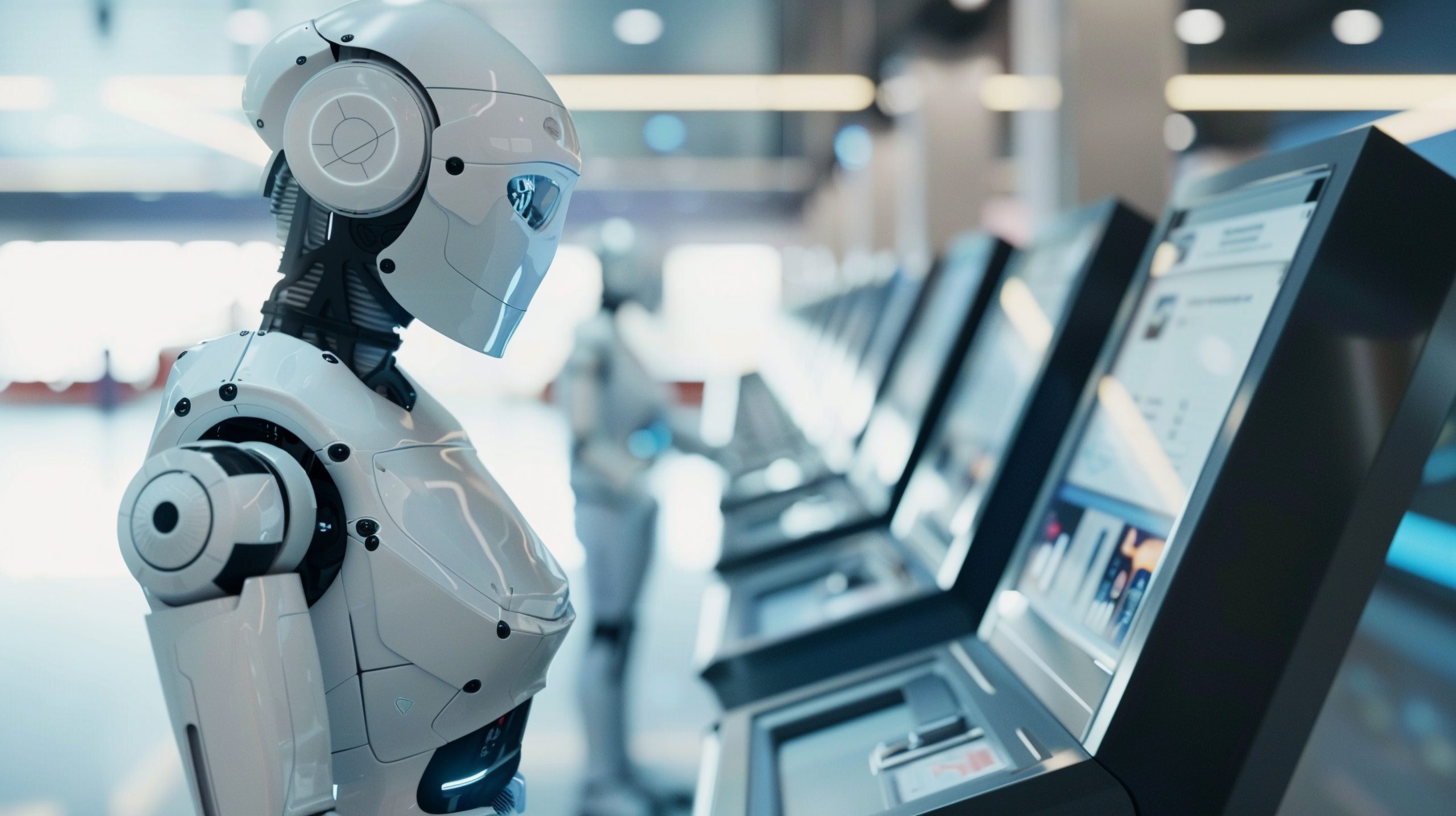
AI-driven automation held the transformative promise of transforming customer service. Instead, it’s driving away customers faster than ever before. While AI-powered solutions have streamlined transactions and improved efficiency, many travel brands are discovering that automation paired with inadequate workforce planning is causing longer wait times, increased customer frustration, lost revenue, and rapidly declining customer satisfaction. The promise of seamless, frictionless travel experiences has been replaced by frustration, inefficiency, and the loss of human connection.
A traveler arrives at a hotel check-in desk, an airline service counter, or the car rental area, ready to start her planned trip, only to be met with a wall of people. Massive lines stretch out before her, and frustrated customers argue loudly about messed-up bookings while the limited staff members look overwhelmed. The automated kiosks provide no escape—just error messages and more frustration. As for the chatbot, it offers generic, unhelpful responses and no way to actually connect with a human.
She’d had enough. Pulling out her phone, she recorded the pandemonium unfolding before her: the endless line snaking around the terminal, the shouts of passengers disputing baffling charges, the weary resignation on the faces of the few employees trying to help. The video hit social media, and boom—instant wildfire. Thousands of views and comments from equally frustrated travelers—the brand’s reputation, once so solid, was now crumbling under the weight of public anger.
In today’s digital age, a single poor customer experience can spiral into a brand crisis. Studies show 94% of consumers avoid businesses after reading negative reviews (ReviewTrackers, 2024). Additionally, 26% of consumers report losing trust in a brand after encountering negative social media feedback (Keevee, 2024).
Staffing misalignment—having too few or improperly scheduled employees—creates service bottlenecks that AI alone cannot resolve. The result? Increased customer dissatisfaction, lost revenue, and a severely damaged reputation.
Griselda Avila Botello, Director of Talent Acquisition at EDS, explains why AI alone is not enough:
“AI is a tool, not a replacement for human intuition. At EDS, we blend AI-driven workforce modeling with real human expertise to ensure that the right people are in the right roles at the right time. The future of workforce planning is about staffing precision—knowing when to leverage AI efficiencies and when human connection makes the difference.”
The travel industry is at a crossroads: Can AI truly replace the human touch, or is that personal connection still essential? While automation can make things smoother, taking people out of the equation could backfire, leaving customers feeling disconnected and eroding the trust they have in travel brands.
To stay competitive, companies must invest in data-driven workforce modeling that integrates AI-enhanced scheduling with human-led service strategies.
Companies that invest in proactive workforce planning will establish themselves as leaders, not just problem-solvers.
During the COVID-19 pandemic, airlines, hotels, and car rental companies had mass layoffs, eliminating many frontline roles—such as gate agents, concierges, and return agents. As the industry rebounded between 2021 and 2024, labor shortages made it difficult to rehire for these positions. Many companies leaned into automation, believing technology could permanently replace human customer service roles. However, this approach has led to increased customer frustration, longer wait times, and a decline in overall satisfaction.
Consider the airline industry. In 2024, a major airline faced significant backlash after its AI-powered chatbot incorrectly issued refunds on non-refundable tickets. What was meant to be a cost-saving automation measure ended up costing the company $10 million in unintended refunds. Worse yet, when customers tried to escalate their concerns, they found themselves trapped in an automated system, unable to reach a human representative. This failure to integrate human intervention alongside AI-driven solutions led to a 15% spike in customer complaints and long-term reputational damage (Forrester, 2024).

Industry research and customer feedback indicate that AI-only solutions do not meet consumer expectations. According to Forbes, businesses that replace too many human touchpoints with AI often create frustrating customer experiences, undermining brand loyalty (Forbes, 2022).
In one of the top 30 U.S. car rental markets, a major location was struggling with customer service, ranking at the bottom of Net Promoter Score (NPS) rankings. Long wait times, poorly aligned staffing, and overwhelmed frontline employees resulted in high complaint volumes and lost revenue.
EDS implemented a tailored workforce planning strategy, focusing on realigning staffing in critical back-end functions and customer-facing roles to meet peak demand and prevent service delays.
The future of customer service in the travel industry depends on a harmonious integration of AI efficiency and human expertise. The question is: Will your brand leverage AI to enhance human service or let staffing challenges drive customers away?
Discover how EDS’ precision staffing, workforce modeling, and training programs can help your company thrive in an AI-driven world. Let’s build a smarter, more customer-centric future together.